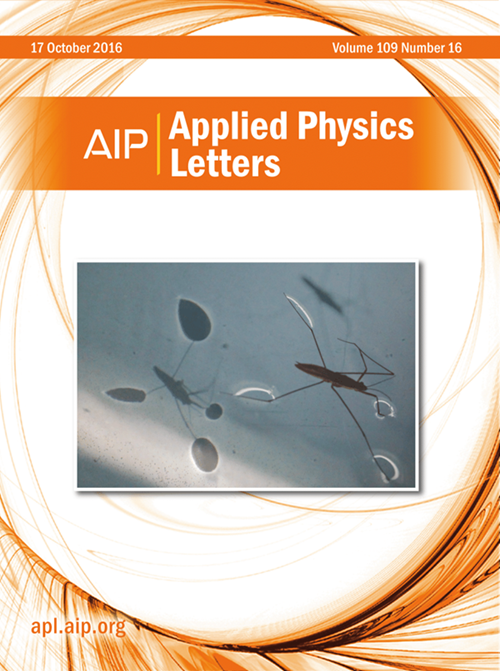Electro-chemo-mechanical deterioration of high-dose electron irradiated Li1.3Al0.3Ti1.7(PO4)3 electrolyte
IF 3.5
2区 物理与天体物理
Q2 PHYSICS, APPLIED
引用次数: 0
Abstract
Solid-state electrolytes (SSEs) hold promises for aerospace and satellite applications, owing to their high-voltage and low-temperature stability. However, concerns about electrochemical degradation under high-energy radiation hinder their widespread use in space. To this end, a NASICON-type Li1.3Al0.3Ti1.7(PO4)3 (LATP) electrolyte with high ionic conductivity at room temperature was selected, and the effects of high-dose electron irradiation on the microstructure as well as electrochemical and mechanical properties of electrolyte were investigated by using neutron powder diffraction (NPD), NPD stress analysis, micro-computed tomography, nanoindentation, and XRD residual stress test. It was confirmed that LATP SSEs held good resistance to irradiation at absorbed doses of 1 and 2 MGy with negligibly performance degradation, while irradiation at high doses induced a rapid decrease in the Young modulus and hardness of SSEs and introduced a tensile stress of 65.79 MPa at up to 10 MGy absorbed dose, which increased the cracking tendency and the risk of lithium dendrite growth in the solid-state electrolyte. NPD revealed that the reduction of lithium vacancies at the M1 site of the irradiated SSEs was the critical factor for the ion transport performance degradation. This is evidenced by a significant increase in impedance, up to 453 Ω, and an increase in the activation energy for ion transport to 0.501 eV.求助全文
约1分钟内获得全文
求助全文
来源期刊

Applied Physics Letters
物理-物理:应用
CiteScore
6.40
自引率
10.00%
发文量
1821
审稿时长
1.6 months
期刊介绍:
Applied Physics Letters (APL) features concise, up-to-date reports on significant new findings in applied physics. Emphasizing rapid dissemination of key data and new physical insights, APL offers prompt publication of new experimental and theoretical papers reporting applications of physics phenomena to all branches of science, engineering, and modern technology.
In addition to regular articles, the journal also publishes invited Fast Track, Perspectives, and in-depth Editorials which report on cutting-edge areas in applied physics.
APL Perspectives are forward-looking invited letters which highlight recent developments or discoveries. Emphasis is placed on very recent developments, potentially disruptive technologies, open questions and possible solutions. They also include a mini-roadmap detailing where the community should direct efforts in order for the phenomena to be viable for application and the challenges associated with meeting that performance threshold. Perspectives are characterized by personal viewpoints and opinions of recognized experts in the field.
Fast Track articles are invited original research articles that report results that are particularly novel and important or provide a significant advancement in an emerging field. Because of the urgency and scientific importance of the work, the peer review process is accelerated. If, during the review process, it becomes apparent that the paper does not meet the Fast Track criterion, it is returned to a normal track.
 求助内容:
求助内容: 应助结果提醒方式:
应助结果提醒方式:


